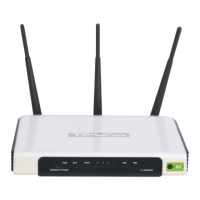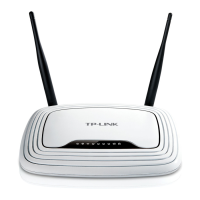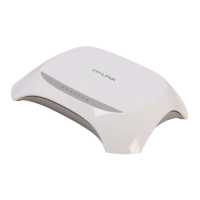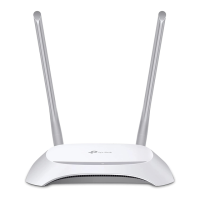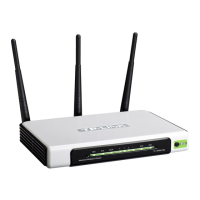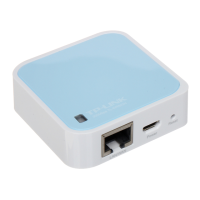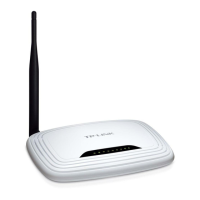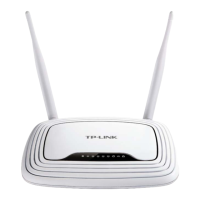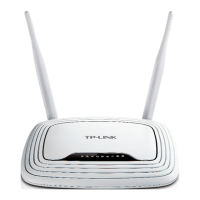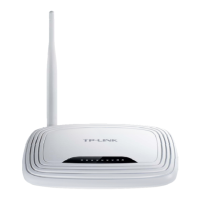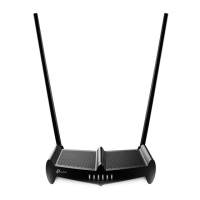TL-WR340G/TL-WR340GD 54M Wireless Router User Guide
60
Appendix A: Glossary
Access Point - A device that allows wireless-equipped computers and other devices to
communicate with a wired network. Also used to expand the range of a wireless network.
Ad-hoc Network - An ad-hoc network is a group of computers, each with a wireless adapter,
connected as an independent IEEE 802.11 wireless LAN. Ad-hoc wireless computers operate on
a peer-to-peer basis, communicating directly with each other without the use of an access point.
Ad-hoc mode is also referred to as an Independent Basic Service Set (IBSS) or as peer-to-peer
mode, and is useful at a departmental scale or SOHO operation.
AES (Advanced Encryption Standard) - A security method that uses symmetric 128-bit block
data encryption.
ATM (Asynchronous Transfer Mode) - ATM is a cell based transfer mode that requires variable
length user information to be segmented and reassembled to/from short, fixed length cells. It uses
two different methods for carrying connectionless network interconnect traffic, routed and bridged
Protocol Data Units (PDUs), over an ATM network.
Bridging - A device that connects different networks.
Browser - An application program that provides a way to look at and interact with all the
information on the World Wide Web.
DDNS (Dynamic Domain Name System) - Allows the hosting of a website, FTP server, or e-mail
server with a fixed domain name (e.g., www.xyz.com) and a dynamic IP address.
Default Gateway - A device that forwards Internet traffic from your local area network.
DHCP - A networking protocol that allows administrators to assign temporary IP addresses to
network computers by “leasing” an IP address to a user for a limited amount of time, instead of
assigning permanent IP addresses.
DMZ (Demilitarized Zone) - Removes the Router's firewall protection from one PC, allowing it to
be “seen” from the Internet.
DNS (Domain Name Server) - The IP address of your ISP's server, which translates the names
of websites into IP addresses.
)
Note:
Now, all the configurations are finished, it will take effect after reboot.
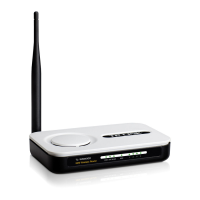
